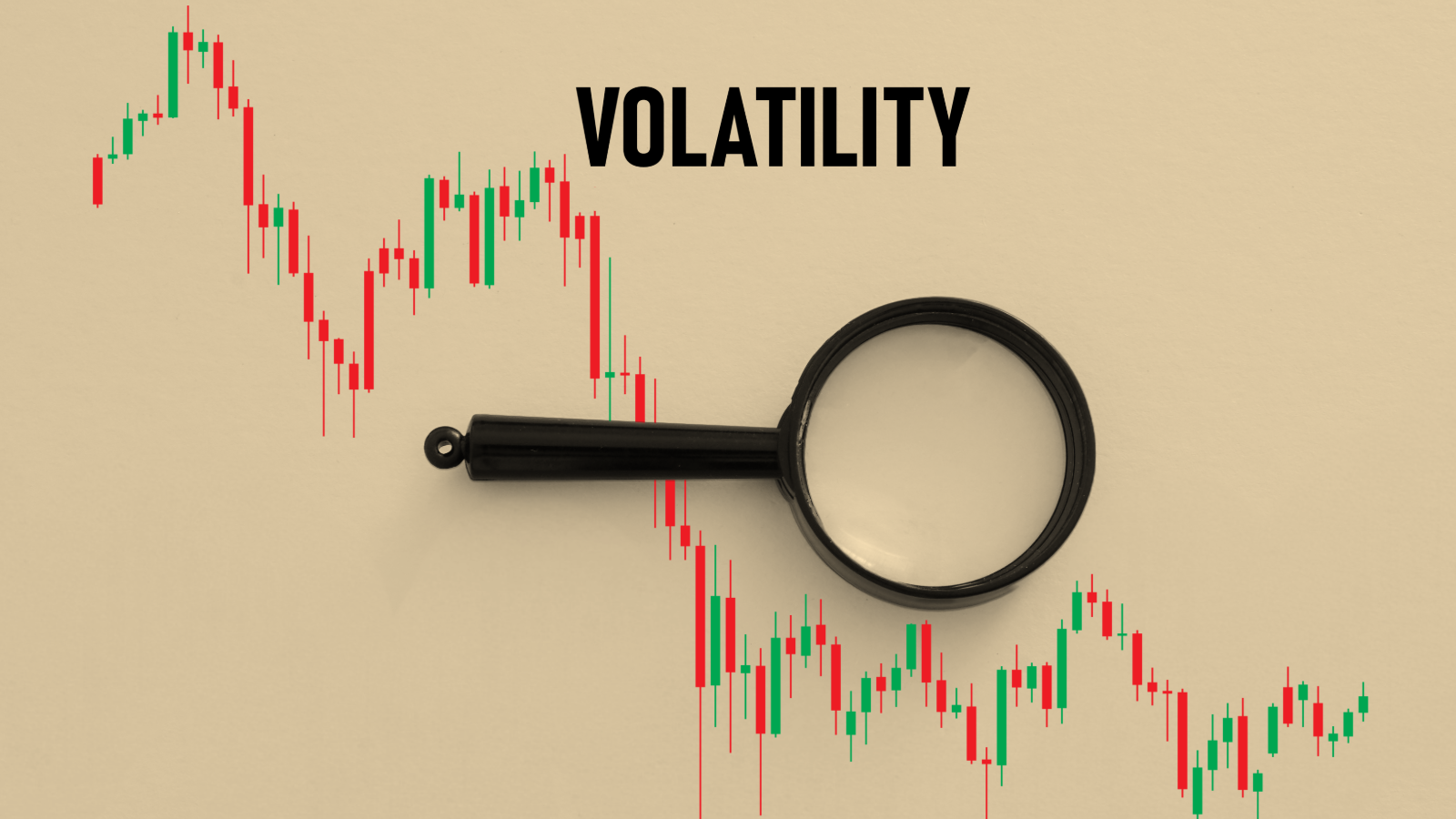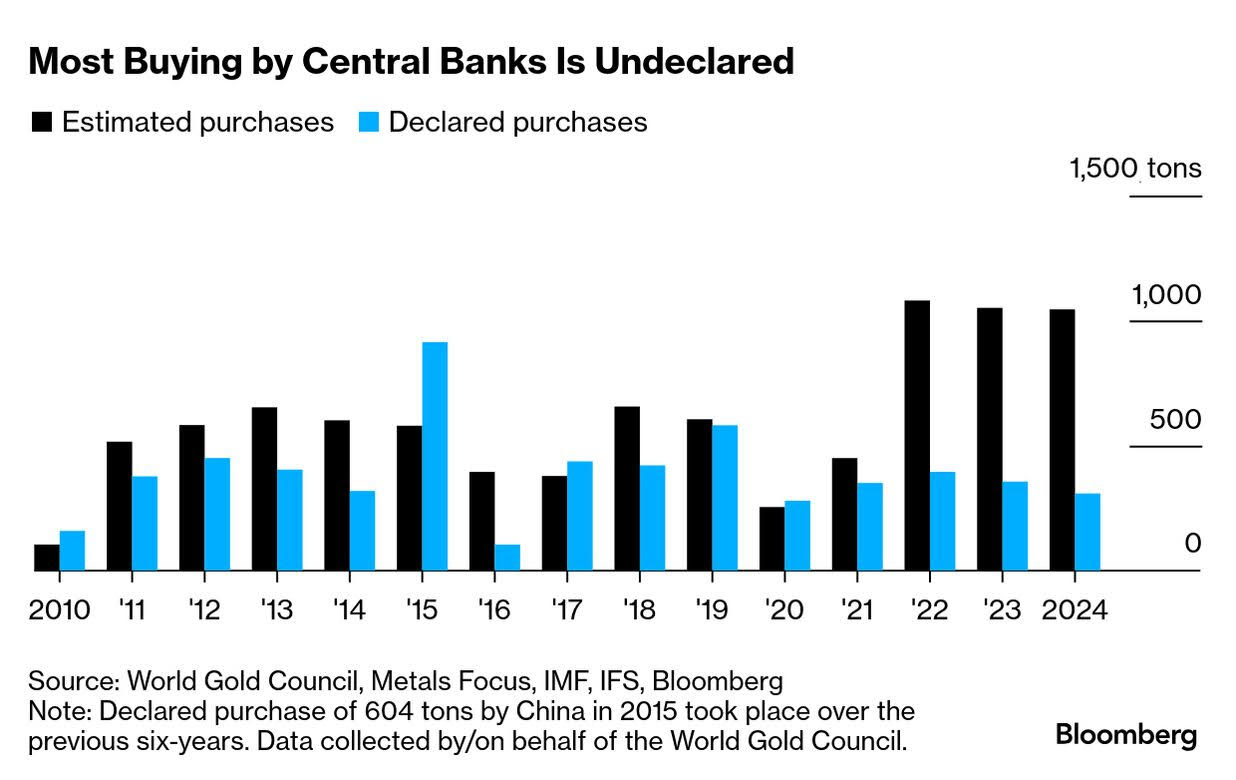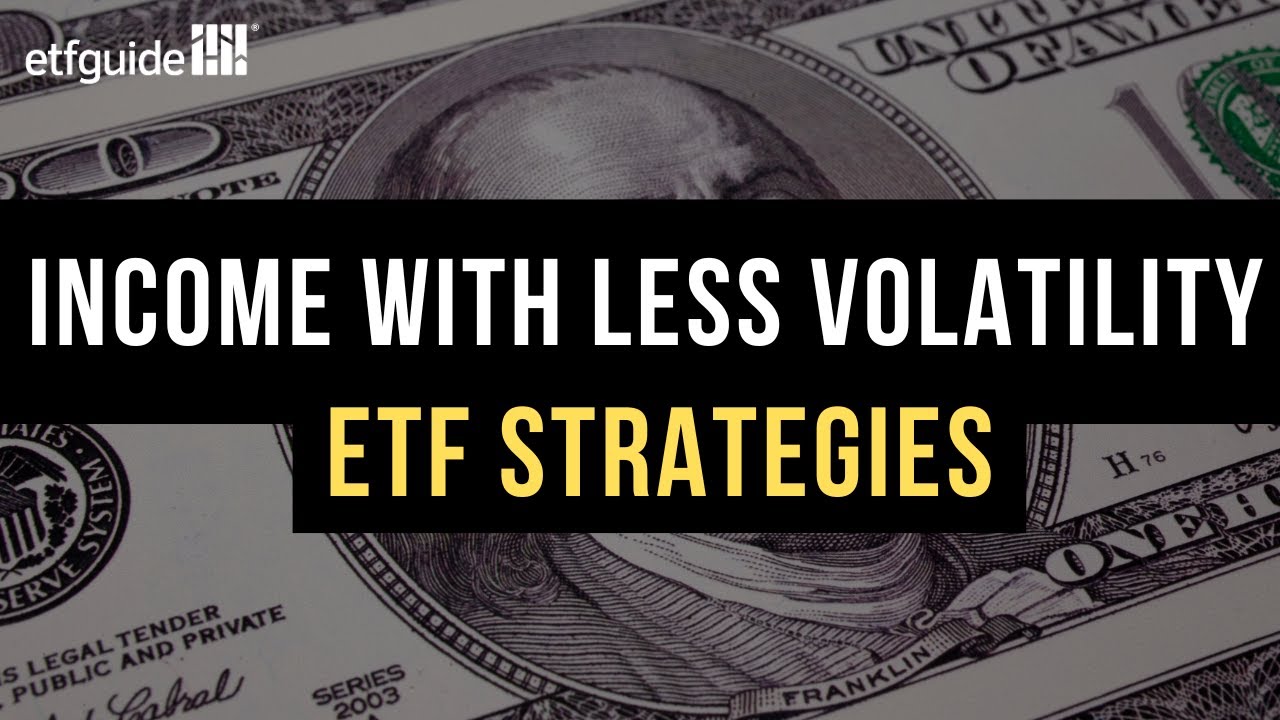With $1.1 million in taxable accounts and a $700,000 mortgage, should I rebalance or pay down debt for a guaranteed 4.5% return?
In days gone by, a general rule of thumb for retirement accounts was for a roughly 75/25 stock to bond ratio when one is younger and striving for growth. As the retirement account owner enters his or her 50s, the conventional wisdom held that the ratio should gradually start to swap places, ending with 75/25 […] The post With $1.1 million in taxable accounts and a $700,000 mortgage, should I rebalance or pay down debt for a guaranteed 4.5% return? appeared first on 24/7 Wall St..

In days gone by, a general rule of thumb for retirement accounts was for a roughly 75/25 stock to bond ratio when one is younger and striving for growth. As the retirement account owner enters his or her 50s, the conventional wisdom held that the ratio should gradually start to swap places, ending with 75/25 bonds to stock ratio by the time age 65 is reached. The rationale behind this strategy was to reduce market volatility risk to the nest egg once it has been built up, and to focus on income for one’s golden years.
In 2025, the financial and economic landscape has changed significantly since then. For example:
- 65 is no longer a fixed retirement age. FIRE (Financial Independence, Retire Early) enthusiasts aggressively save, invest, and cut spending in order to build large enough nest eggs to retire comfortably in one’s 50s.
- Conversely, the 2008 subprime mortgage banking meltdown decimated millions of retirement accounts that have yet to make up for the lost ground from that era. This resulted in forcing many of those account holders to defer retirement until as late as their 70s.
- New tax legislation by Congress and guidelines from the IRS regarding tax brackets, tax liability, retirement account age triggers for RMD, early withdrawal penalties, et. al. have spawned a number of different strategies as loopholes were identified.
Key Points
-
When aggressive growth investing reaches a certain level, portfolio rebalancing in preparation for one’s golden years towards a greater income emphasis is a prudent step for many.
-
Tax considerations are a major factor in determining a rebalance ratio, timing, and even if switching from growth is truly warranted.
-
Several strategies and options are available depending on what one’s retirement SWR and age is when they plan to take retirement.
-
Are you ahead or behind on retirement? Are you feeling intimidated about having your ideas about your retirement portfolio derided by your local financial advisor? SmartAsset’s free tool can match you with a financial advisor in minutes to help you answer your questions today. Each SmartAsset advisor has been carefully vetted and must act in your best interests. Don’t waste another minute – get started by clicking here.(Sponsor)
The Nest Egg, Mortgage, and Retirement Fund Asset Ratio Juggling Act

People who face the challenges of finding the right balance between paying off a mortgage, building a savings nest egg, and preparing the retirement portfolio ratio balance transition are perpetually bombarded with advice and new data. An early 40s investor with a wife and two young children took to Reddit to solicit advice. He was especially interested in suggestions for how he should handle his after-tax assets. His details were as follows:
- Currently holding $2.6 million in an investment portfolio, with a $5 million growth target.
- Annual savings is $100,000, but this may vary in later years. Annual income is $400,000, thanks to a deferred compensation agreement that keeps income below the child tax credit cutoff.
- Post-tax value estimate of portfolio is $1.1 million divided between $850,000 domestic US stocks, $150,000 international stocks, and $100,000 in REITS and cash.
- Has $700,000 remaining on a 4.5% interest mortgage.
The poster was contemplating selling some stock to pay down the mortgage faster and was aiming to have a 60/40 stock/bond ratio by age 50-55, which is when he ideally wishes to retire.
His concern is regarding the potential capital gains tax consequences from any stock sales. If he were to start switching from stocks to bonds or use proceeds to pay down the mortgage, bith will also trigger capital gains taxes.
Options on the Menu

There were some suggestions from respondents as well as other existing options and considerations that were not mentioned. The poster has a panoply of considerations, based on other aspects to his scenario that went unmentioned. Some options he, or others in a similar situation may to explore includes:
- Leave the stock portfolio alone to continue to grow, and use parts of the $100,000 annual savings over the next decade to accelerate mortgage paydown and to commence the start of a pond portfolio in an IRA.
- Depending on if/when the poster considers starting a conversion to a Roth IRA, the capital gains can be partially offset with the mortgage deduction, and using proceeds to pay it down more quickly will reduce the taxable mortgage loan principal remaining.
- If the poster can wait to at least mid to late 50s to retire, a 72t SEPP can allow for taking proceeds to buy bonds while mitigating the larger tax hit.
- The poster does not mention if he has 529 education accounts for the two young children or Health Savings Accounts for himself and his wife. Both are also future deferred accounts to consider for allocation of savings.
This article is written solely from an informational perspective. A financial retirement professional specialist should be consulted if more comprehensive details are needed.
The post With $1.1 million in taxable accounts and a $700,000 mortgage, should I rebalance or pay down debt for a guaranteed 4.5% return? appeared first on 24/7 Wall St..
























































































































































































